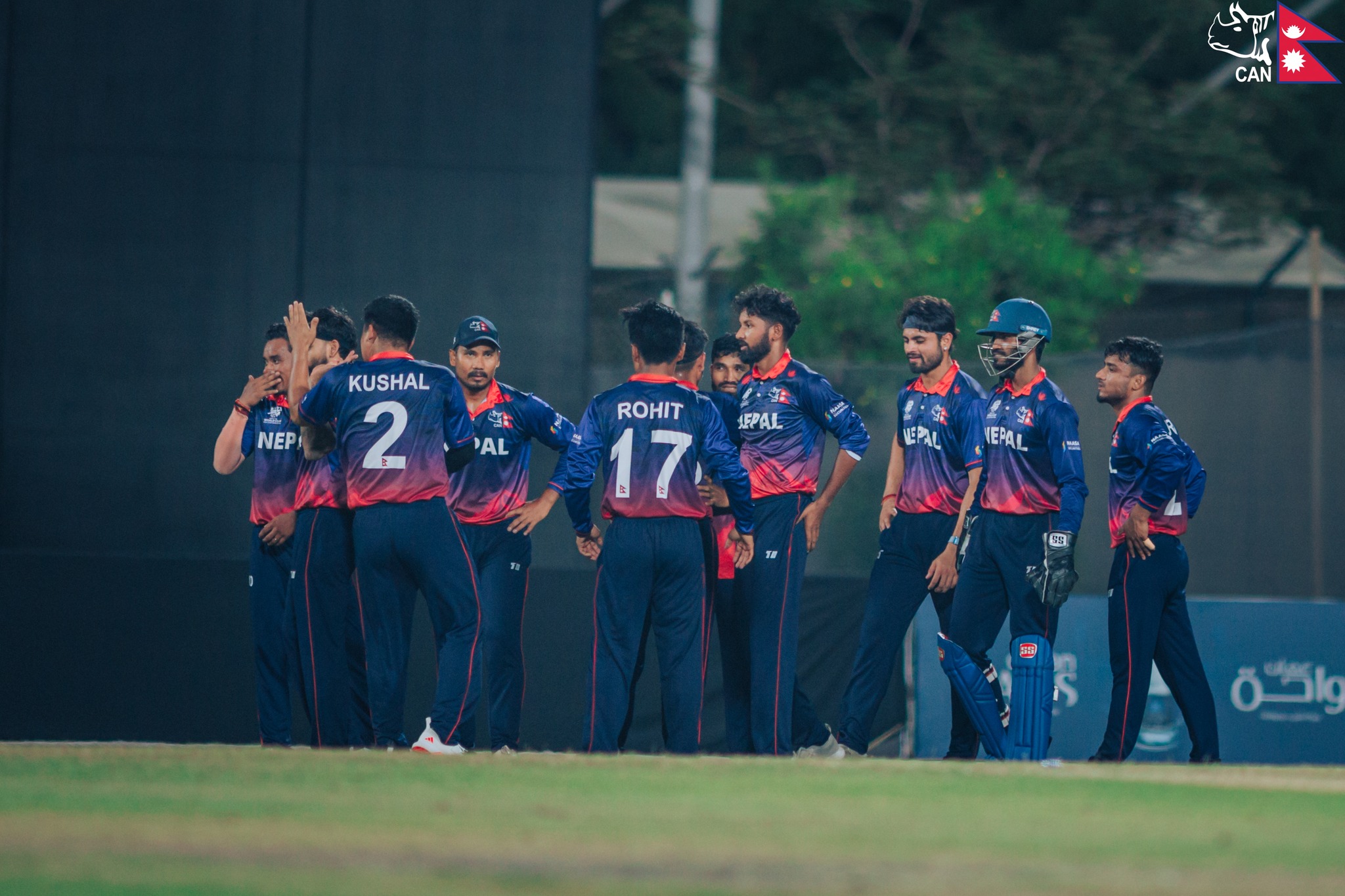On the 10th day of Dashain, Dashami, young ones receive tika (a mixture of rice, yogurt and vermillion) from their senior family members and relatives at the auspicious moment as calculated by the astrologers. Though red might be the dominant color we spot on the foreheads, there are a few other hues as well that we come across during the festival.[break]

With the growing notion of preserving one’s distinctive identity, various ethnic and indigenous communities are digging up their respective histories. So, according to culture experts, as Dashain being more of a foreign culture for these communities, celebrating it in a different manner by wearing plain tika instead of red is prevalent among them.
Here we have a brief account on the different color of tikas.
Red
Like other festivals, Dashain too is surrounded by myths and legends. Goddess Durga’s victory over Mahishasur and Lord Ram’s over Ravan are the two popular stories found regarding this commemoration. However, both anecdotes sum up to a single idea—the victory of good over evil.
And as a symbol of victory, Hindus wear red tika and receive jamara (saplings of barley) as a blessing from Goddess Durga. The color red carries a bucket of meanings in Hindu mythology from it symbolizing fortune, prosperity to long life.
The tika continues for five days from Dashami to Purnima (full moon).
Plain white
People from ethnic and indigenous groups like Kirant and Gurung are found wearing plain tika—one without vermillion. Experts claim this to be a recent trend, one that was conceived after ethnic movement in the country caught the pace.
“If we flip through the pages of Mudhum, the ancient religious scriptures of the Kirantis, Dashain isn’t mentioned. Limbus observing Dashain and wearing tika can be traced back to Rana Bahadur Shah’s reign,” claims
social activist Govinda Angbuhang Limbu. Thus, putting white tika instead of red is a gesture of being different from other communities.
Culturist Dr Jugman Gurung adds, “Communities living in the hills used tika that was prepared only out of curd and rice grains, as vermillion powder wasn’t available there due to the lack of transportation and roads.”
The culturist points out that the trend of putting white tika probably was influenced by Tibetan culture. Citing an example, he adds, “During Teej, a festival observed during the Nepali month of Ashar, the king of Mustang receives tika of nauni ghiu (butter) from his Lama.”
Red accompanied by black tika
Along with red tika, a black dot can be noticed on the foreheads of Newars during Dashain.
“The tradition of tika is used prolifically among Newars, both Buddhists and Hindus,” says Min Bahadur Shakya, a scholar of Newar and Tibetan Buddhism.
Especially during Dashain, Bajracharyas or senior elders of the family prepare a special tika from black soots of clay lamp during puja.
Buddhist Newars perform puja of Chakrasamvara (blue/black) and Vajravarahi (red), which symbolizes wisdom and compassion, or bliss and emptiness. Therefore, black and red tika symbolizes the blessings of Chakrasamvara and Vajravarahi. These blessings facilitate the devotees in the realization of wisdom and compassion.
According to the Nepal Calendar Determination Committee, the auspicious time for tika of this year’s Bada Dashain festival falls on 10:43 am on Sunday, October 17.
#Dashain Tika clicks





































